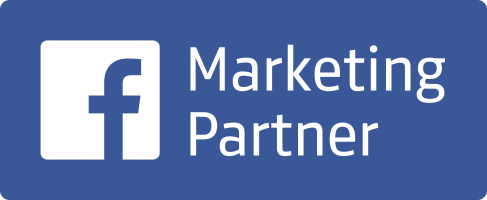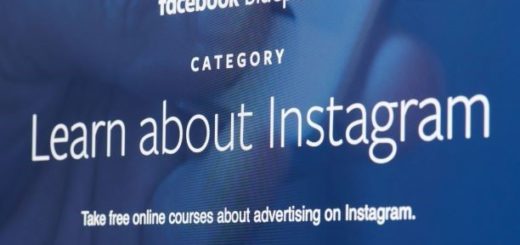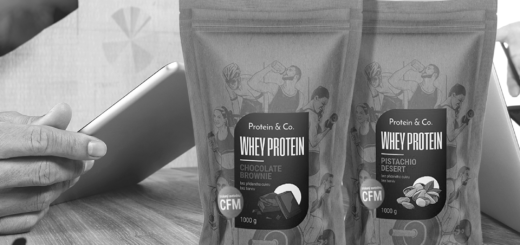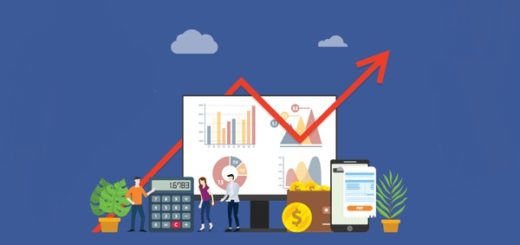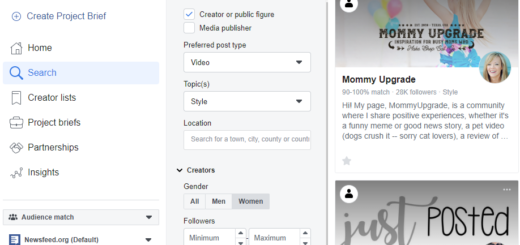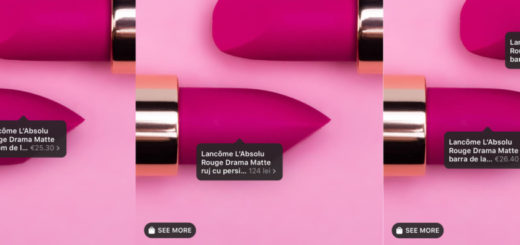
Split testing gives you an easy way on how to experiment multiple variables without overlapping your target audiences. Once you create adsets under split test, those adsets get delivery to non-overlapping and unique audiences groups in the testing period you set.
Why should I create a Split Test?
Split Testing lets you test different variables for bid types and values, creatives, placements, audiences and optimization strategies so you can see what works best and improve future campaigns.
How Split Test works?
Split testing divides your audience into random, non-overlapping groups. The ideal scenario is to have each adset with same audience targeting but different variants of any of the variables to be tested ie bid types and values, creatives, placements and optimization strategies etc
Split Testing helps you get the most out of your budget by surfacing the version of your adset that performs best by randomizing the audience based on people, not cookies. The algorithm divides the potential reach within the test among the ad sets to make sure you’re getting accurate results.
What are the available objectives for Split Testing?
Traffic, App installs, Lead generation, Conversions, Video views, Catalog sales, Reach, Engagement
What should be the duration of the Test?
The ideal timeframe depends on the business objective and the industry vertical. But one shouldn’t give insufficient time to produce sufficient data for the test neither should not be very long or then it would be inefficient use of the budget.
The ideal recommended timeframe by Facebook is 3 to 14 days. Moreover, as mentioned above, one should always consider the business objective and the campaign objective while deciding on the timeframe of the test.
For example, if you are running a campaign for Conversion objective, which usually takes user 7 days to convert, the minimum duration for this test should be 7 days.
What budget should I keep for the split test?
The budget should be enough to produce sufficient results to confidently determine a winning strategy. Do not keep it too small to not generate enough number of conversions.
As FB delivery system requires an adset to drive about minimum 50 optimization events (the conversion your ad set is optimized for) per week, the minimum budget for a week should be at least = (cost per optimization event * 50 )
What are the recommended test types?
As mentioned above, the tests should be between testing different variables (one at a time) Here are few good examples:
- Bid types – Test multiple bid types. For eg Auto bid vs Manual bid, CPC vs oCPM, oCPM : Purchase vs Add to Cart
- Optimization Goals – Optimize for multiple steps of the funnel, for eg View Content, Add to Cart or towards the Purchase and find out which goal yields best results in terms of revenue generation and / or final number of Purchases. Also, Facebook has lately introduced optimize for revenue which might be another good example to be tested against optimize for number of purchases.
- Creatives – Test different creative types, for eg Single image vs carousel vs video etc
- Audiences – female only, male+ female, male only. Divided age groups vs clubbed age groups, individual cities vs clubbed cities
- Placements – Test Auto placements vs Edit placements For eg – FB only, FB+ Instagram, FB + Instagram + stories
One thing we need to make sure is all the adsets under split test are identical except one variable. For example, the variable you want to test is Bid type, then only Bid type need to be kept different for the adsets and not anything else.
What should be the audience size?
The audience size should be large enough to support the test. Make sure to not to use the same target audience under any other campaign. Overlapping may cause under-delivery and hence inefficient results.
How to measure success
Measure the success once you see the sufficient data after spending certain amount of budget and certain length of days in terms of finding the better or the best version of the adsets.
For eg when you test oCPM vs Link Click in two different adsets.
Link click might help bringing more traffic to the website but might not convert into the desired actions eg Add to cart, purchase but on the other hand, oCPM might result in comparatively expensive cost per link click but more numbers of desired actions at the website.
Hence consider what bid strategy proves to be more successful for your business goals. Use these insights to fuel your ad strategy, design your next campaign and test new variables.


